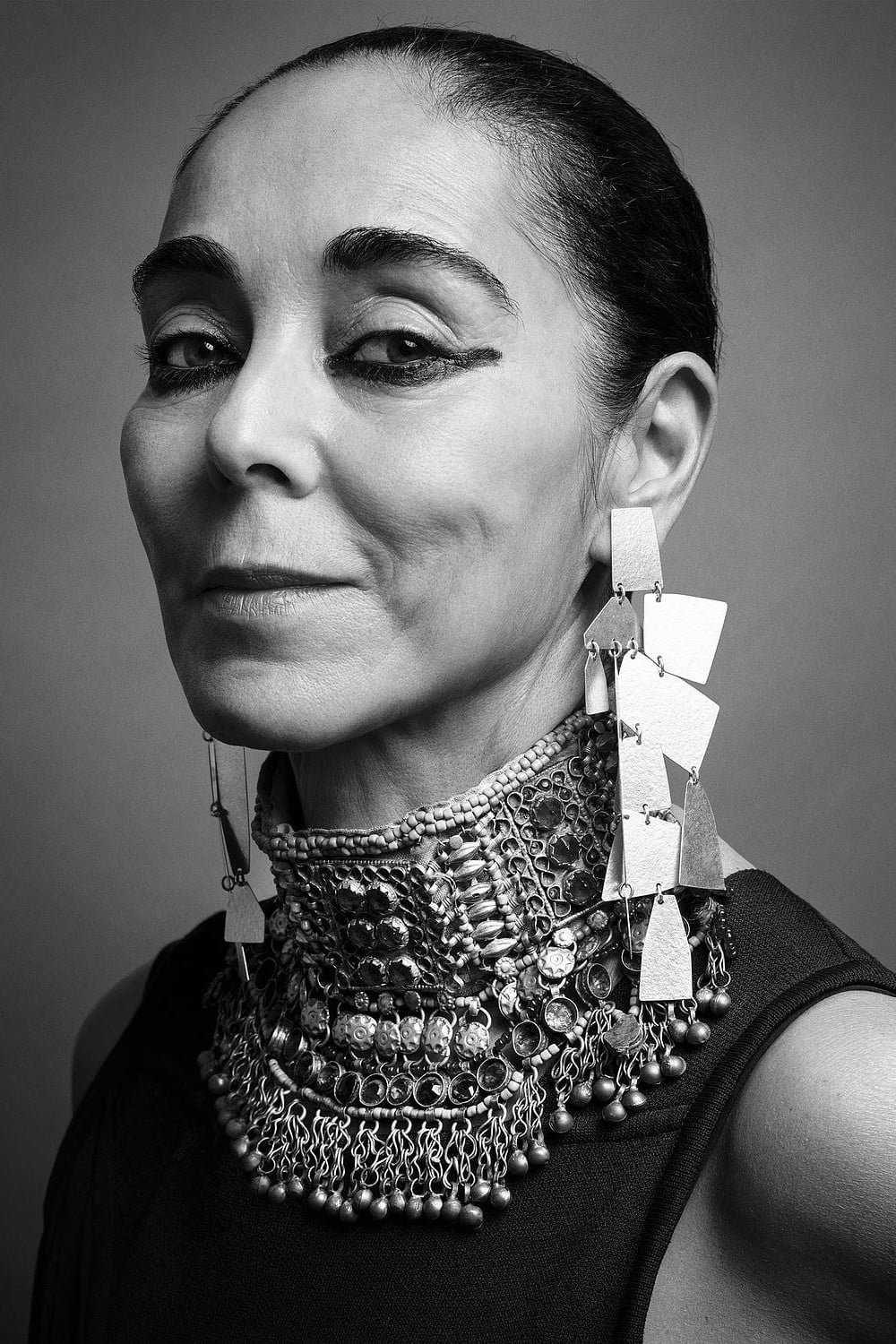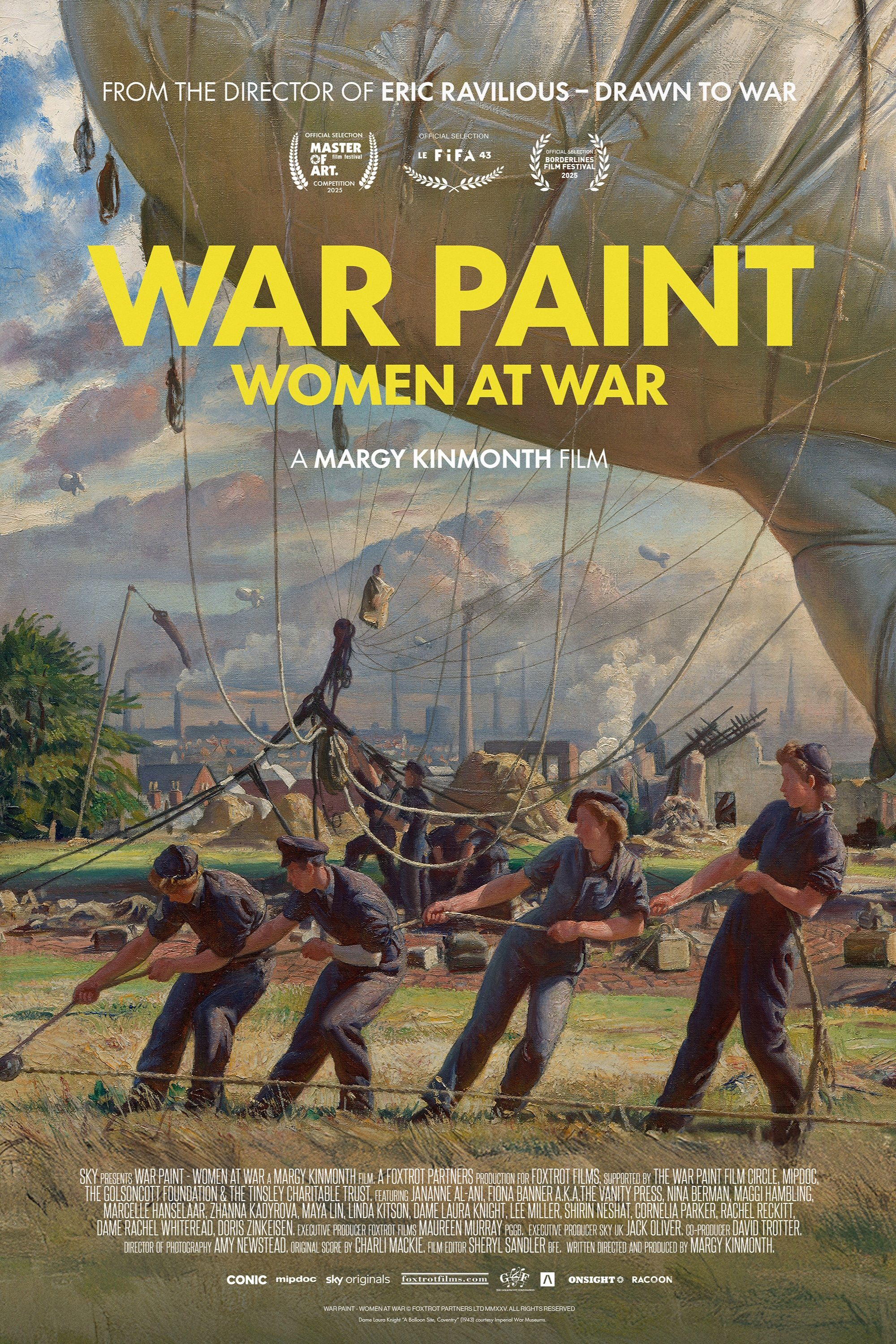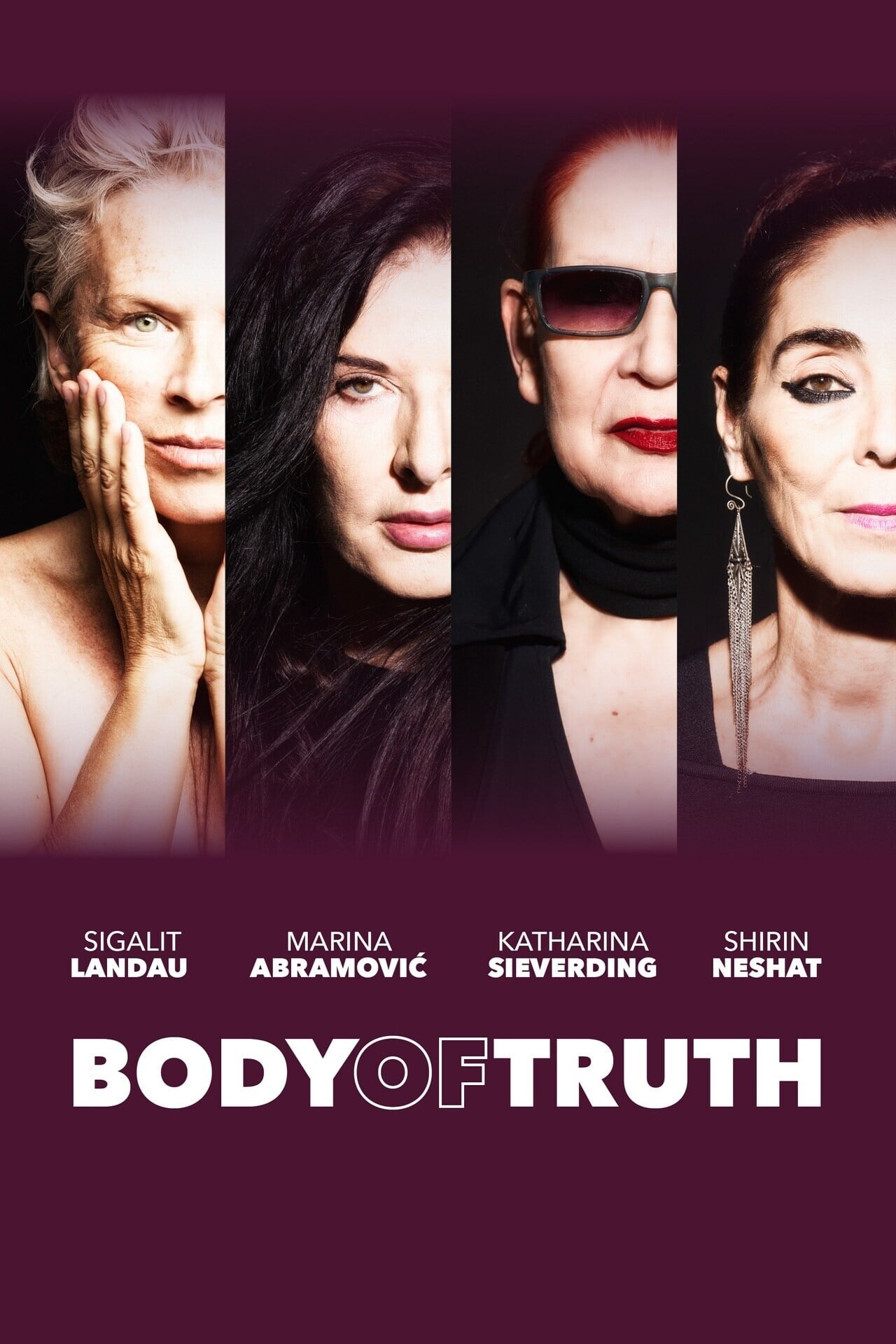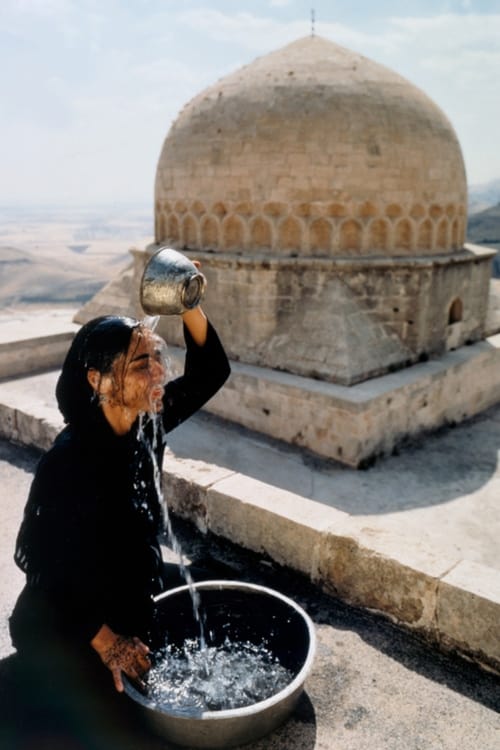

Shining a light on the trailblazing role of women war artists, on the front lines round the world, championing the female perspective on conflict through art and asking: when it's life or death, what do women see that men don't?

The final part of the Creativity Trilogy explores existential threats our world is facing. An inspiring film about imagination's power and a hopeful glimpse into the future.

Four female artists have been politicized by experiences with war, violence and suppression and integrated them into their work, using their most personal tool: their own bodies.

Seen through the work of eight leading artists from the Middle East, Axis of Light is a poignant and absorbing observation of the influences of conflict.

Two screens face each other in a dark room, only a bench off to the side interrupting the space between them. Settling into this interstitial expanse of Shirin Neshat’s Soliloquy (1999), viewers become mediators, with the series of scenes on each screen flowing not past, but through this audience – asking them, perhaps, to act as witnesses to the ensuing visual dialogue. The titles begin, in English and Persian; then, the sole character appears, clad in black robes and played by Neshat herself. She is looking out of two different windows: one in Albany, New York; the other in Mardin, Turkey, not far from the artist’s native Iran.
Shirin Neshat ( شیرین نشاط, born March 26, 1957 Qazvin) is an Iranian visual artist who lives in New York City, known primarily for her work in film, video and photography. Her artwork centers on the contrasts between Islam and the West, femininity and masculinity, public life and private life, antiquity and modernity, and bridging the spaces between these subjects. Since Iran has undermined basic human rights, particularly since the Islamic Revolution she has said that she has "gravitated toward making art that is concerned with tyranny, dictatorship, oppression and political injustice. Although I don’t consider myself an activist, I believe my art – regardless of its nature – is an expression of protest, a cry for humanity.” Neshat has been recognized countless times for her work, from winning the International Award of the XLVIII Venice Biennale in 1999, to winning the Silver Lion for best director at the 66th Venice Film Festival in 2009, to being named Artist of the Decade by Huffington Post critic G. Roger Denson. Neshat is a critic in the photography department at the Yale School of Art.
By browsing this website, you accept our cookies policy.